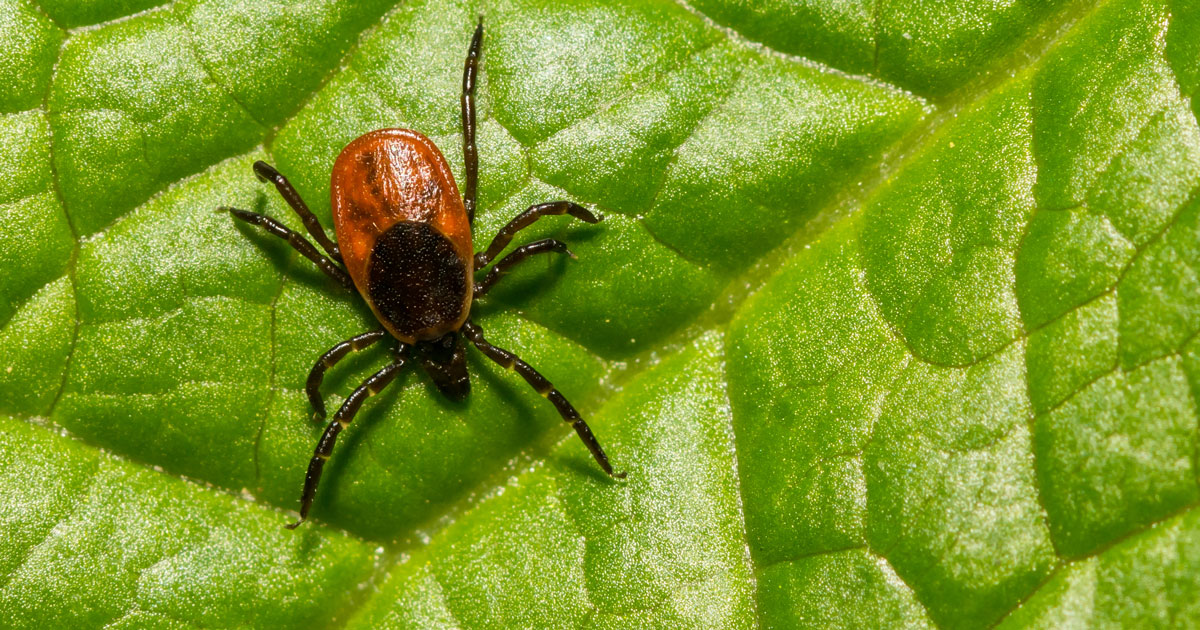It’s tick season in the Evergreen State—here’s how you can help UW researchers track them
UW researcher Alex Eisen helped Washington State develop a Tick Dashboard, alerting hikers to the pests.

See something? Say something. UW researcher Alex Eisen created a database tracking ticks across Washington.
Ticks and the diseases they carry are on the rise in the Pacific Northwest. To help Washingtonians who spend time outdoors, Alex Eisen, a graduating master’s student in epidemiology, has launched a tick-tracking project with the Washington Trails Association and the Washington State Department of Health. Using hikers’ trip reports, she developed a database that identifies where ticks have been encountered across the state, benefiting both the state agency and outdoor enthusiasts.
According to the state health department, the blood-feeding parasites are present throughout the state, but there have been relatively few reports of tick-borne diseases like Lyme disease, Rocky Mountain spotted fever or tick-borne relapsing fever. The state was already collecting information based on ticks collected and submitted by individuals statewide, but that wasn’t a very large dataset, Eisen says.
For her project, Eisen wrote code to identify the words “tick” or “ticks” in the trail reports hikers submit to the trails website, WTA. “I’ve come across some wild stories just reading the hiking reports,” she says. “Some people were just finding, like, 20 on their dogs, or one in their armpit after a hike. Some found them crawling in their laundry at home.” The code she created can be used by public-health organizations to streamline working with large datasets by automating data extraction based on keywords. In this case, the code was used to review more than 250,000 trail reports submitted since 1993.
Today, the Department of Health has a tick-surveillance dashboard online. The most tick sightings are in Central Washington, Eisen says. But her project revealed a significant number of tick reports in Island County. That prompted Elizabeth Dykstra, the public-health entomologist for Washington state, to do field surveillance and bring back ticks to test for the presence of disease.
Wanting to enrich her experience in spatial epidemiology, Eisen also created a map highlighting where ticks had been reported. That map is now part of the Tick Dashboard. Though she has moved on to other projects, Eisen has given her code and methodology to the health department so the tracking can continue. “I hope this map will be a helpful tool for hikers in Washington,” she says. It might help them prepare for the risk of tick exposure in certain areas or cause them to consider hiking somewhere else. “It’s citizen science that’s fueling this,” she says. “I would hope, first, that people use this information to take precautions. But also, if you go on the trail and see a tick, tell us.”